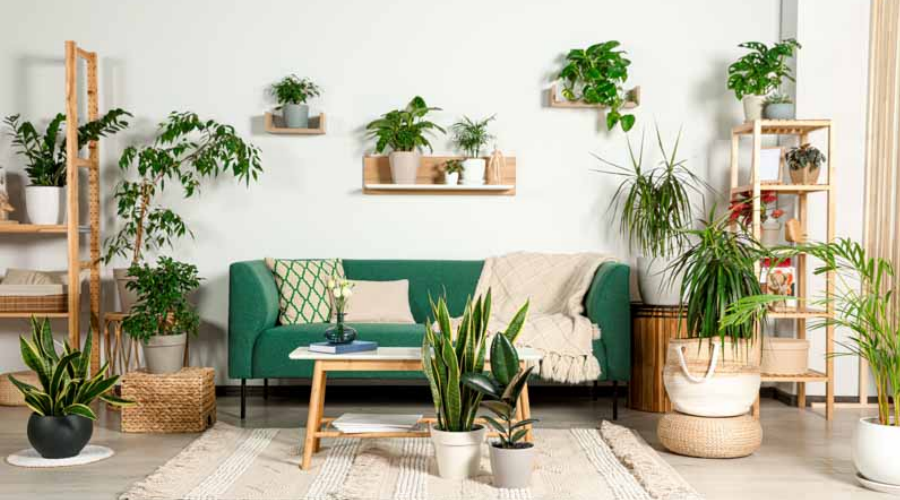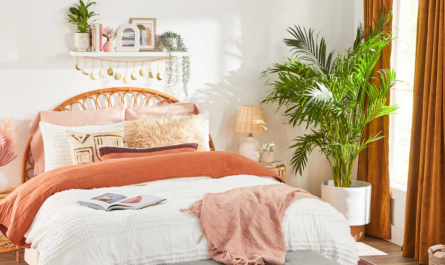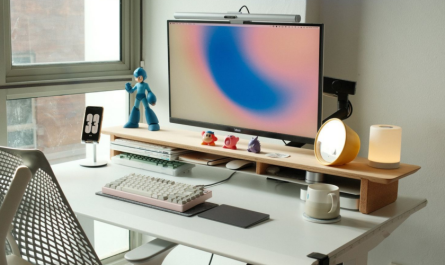Indoor plants are more than just decorative elements. They purify the air, boost mood, add life to your interior, and can even improve concentration. Here’s the ultimate guide to choosing the right indoor plants for every room in your home.
Living Room: Fiddle Leaf Fig (Ficus lyrata)
The living room is often the heart of the home, where family and friends gather. The Fiddle Leaf Fig is a perfect choice for this space. With its large, glossy leaves, it’s a statement plant that adds a touch of tropical flair. It thrives in bright, indirect light and requires watering only when the top inch of soil is dry.
Kitchen: Herbs (Various)
The kitchen is an excellent place for growing herbs, both for their culinary uses and their aesthetic appeal. Basil, rosemary, and parsley are all great choices. They need a sunny window and regular watering. Plus, having fresh herbs on hand can elevate your cooking to new heights.
Bathroom: Peace Lily (Spathiphyllum)
The bathroom, with its high humidity and lower light, is a perfect environment for the Peace Lily. This plant is known for its ability to purify the air and its beautiful white flowers. It thrives in low to medium light and enjoys the humid conditions.
Bedroom: Snake Plant (Sansevieria)
The bedroom is a sanctuary for rest, and the Snake Plant is an ideal companion. Not only is it a hardy plant that tolerates low light, but it also releases oxygen at night, promoting better sleep. Plus, its architectural shape adds a modern touch to your decor.
Home Office: Spider Plant (Chlorophytum comosum)
The Spider Plant is a top choice for a home office. It’s one of the best plants for improving indoor air quality, and it thrives under fluorescent lights. It’s also easy to care for, making it a great low-maintenance option for your workspace.
Conclusion
Choosing the right plant for each room in your home can enhance your living spaces, improve air quality, and boost your mood. Whether you’re a seasoned indoor gardener or a beginner, there’s a plant for every room and every level of gardening skill.
Remember, the key to successful indoor gardening is understanding the needs of your plants and providing the right conditions for them to thrive. With a little care and attention, you can enjoy the many benefits that indoor plants bring to your home.







